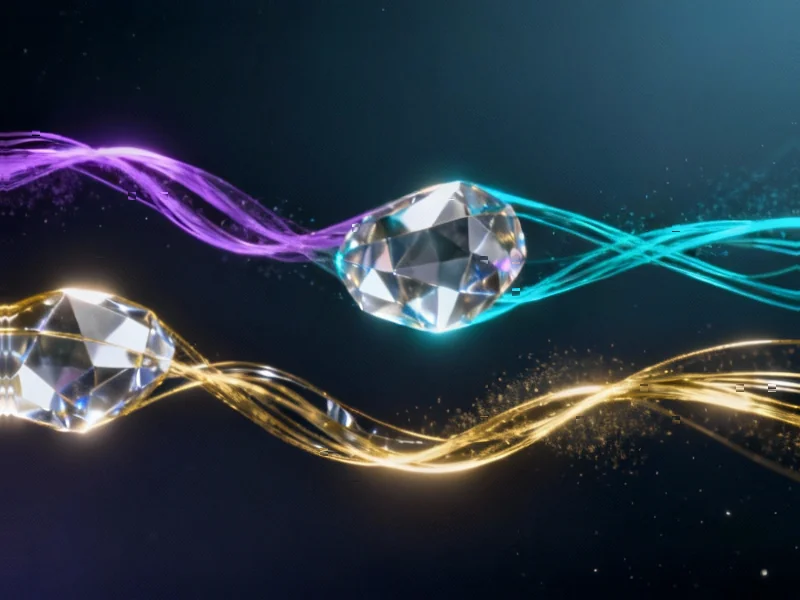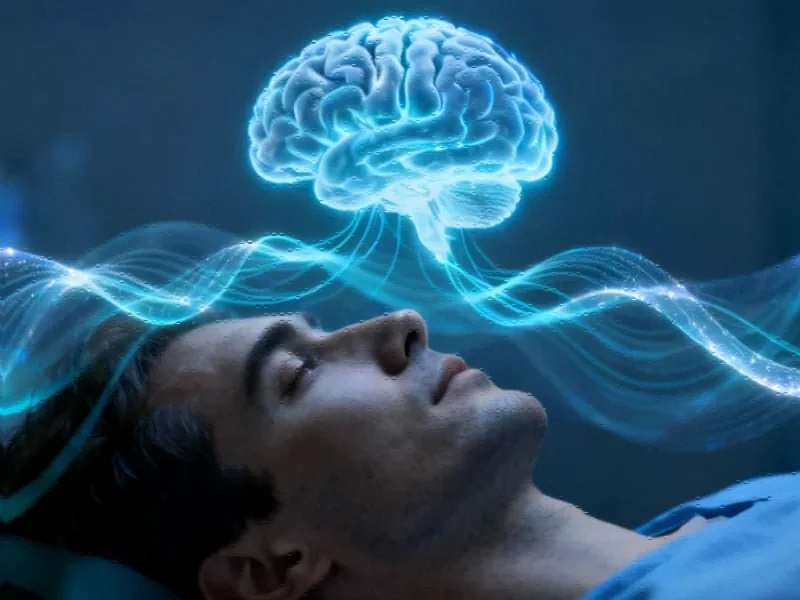International Collaboration Yields Neutrino Breakthrough
Researchers from major particle physics experiments in the United States and Japan have combined findings to produce some of the most precise measurements ever achieved of ghostly subatomic particles called neutrinos, according to a new study published in the journal Nature. The collaboration between the NOvA experiment in the U.S. and T2K experiment in Japan has provided unprecedented insight into these mysterious particles that constantly stream through our bodies and everything around us.
Table of Contents
The Elusive Nature of Neutrinos
Neutrinos represent one of the most abundant yet least understood particles in the universe, with trillions passing through human bodies every second without interaction, the report states. These elementary particles, forged in nuclear reactions within stars and supernovae, possess no electric charge and come in three distinct “flavors” that can oscillate between types as they travel through space and matter.
Sources indicate that understanding neutrino properties is crucial for solving fundamental cosmic mysteries, including why the universe contains more matter than antimatter and the nature of dark matter and dark energy. “Neutrinos have unique properties, and we are still learning a lot about them,” said Michigan State University physicist Kendall Mahn, co-spokesperson for the T2K research team, according to the published report.
Complementary Experimental Approaches
The two experiments took different approaches to studying neutrino oscillation, analysts suggest. The NOvA experiment sends an underground beam of neutrinos approximately 500 miles from Fermi National Accelerator Laboratory near Chicago to a detector in Minnesota. Meanwhile, the T2K experiment beams neutrinos about 185 miles through the Earth’s crust from Tokai to Kamioka in Japan.
Researchers initially questioned whether results from the differently configured experiments would align. “On the face of it, there were questions about whether or not the T2K and NOvA results were compatible. We learned they are very compatible,” Mahn stated in the report. This compatibility across different experimental conditions strengthens confidence in the findings, according to analysts.
Unprecedented Precision in Mass Measurements
The combined data from nearly a decade of observations has yielded remarkable precision in measuring the mass differences between neutrino types, the study reveals. “While we will have to wait a little longer to know which neutrino is the lightest, this study measured the tiny mass gap between two of the three neutrinos with an unprecedented accuracy – less than 2% uncertainty,” said Ohio State University physicist and NOvA scientist Zoya Vallari, according to the report.
Scientists refer to the unknown hierarchy of neutrino masses as “neutrino mass ordering,” which has significant implications for theoretical physics. The current research represents one of the most precise measurements of this parameter ever achieved, sources indicate.
Implications for Cosmic Mysteries
The experiments are also investigating whether neutrinos and their antimatter counterparts, antineutrinos, oscillate differently between types. This investigation could help explain one of physics’ greatest mysteries: why matter dominates the universe when equal amounts of matter and antimatter should have annihilated each other after the Big Bang., according to related news
“That question is especially important because it may help explain one of the biggest mysteries in physics: why the universe is made mostly of matter instead of antimatter,” Vallari stated in the report. “At the Big Bang, matter and antimatter should have existed in equal amounts and destroyed each other. But somehow, matter won, and we’re here because of it.”
Future Neutrino Research Initiatives
Answering fundamental questions about neutrinos requires extremely high precision and statistical confidence, according to researchers. The scientific community is already preparing the next generation of neutrino experiments to build on these findings.
Several major projects are currently underway or in development, including:
- The Fermilab-led DUNE experiment under construction in Illinois and South Dakota
- Hyper-Kamiokande in Japan’s Gifu Prefecture
- China’s JUNO project
- Neutrino telescopes like KM3NeT and IceCube that capture neutrinos from space
These future experiments promise to deepen our understanding of these ghostly particles and their role in shaping the universe, analysts suggest. The current collaboration between U.S. and Japanese researchers demonstrates the value of international cooperation in advancing particle physics.
Related Articles You May Find Interesting
- Bridging the Climate Finance Gap: How Strategic Philanthropy Can Empower Frontli
- Kandji becomes Iru, unifying identity, security, and management for the AI era –
- NASA Advances Artemis II Moon Mission Despite Federal Shutdown, Installing Orion
- Unlock Next-Gen Connectivity: TP-Link’s BE9300 Wi-Fi 7 Router Hits Record Low Pr
- AMD’s Next-Gen Gaming CPUs Reportedly Boast Massive 192MB Cache
References & Further Reading
This article draws from multiple authoritative sources. For more information, please consult:
- https://www.reutersagency.com/en/licensereuterscontent/?utm_medium=rcom-article-media&utm_campaign=rcom-rcp-lead
- http://en.wikipedia.org/wiki/Neutrino
- http://en.wikipedia.org/wiki/Japan
- http://en.wikipedia.org/wiki/NOvA
- http://en.wikipedia.org/wiki/T2K_experiment
- http://en.wikipedia.org/wiki/Cosmos
This article aggregates information from publicly available sources. All trademarks and copyrights belong to their respective owners.
Note: Featured image is for illustrative purposes only and does not represent any specific product, service, or entity mentioned in this article.



